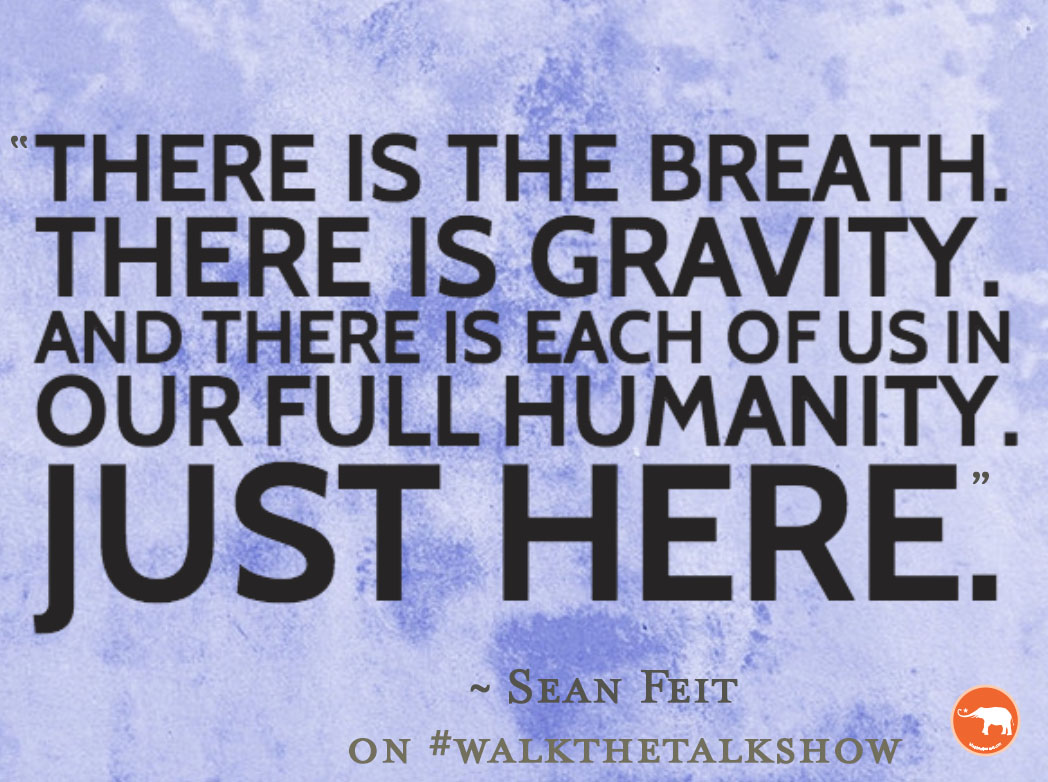The new year has always seemed to me to be an existential enigma—a mysterious, puzzling quest for deeper and improved relationships with ourselves and each other.
This is how 2017 felt for me as I acknowledged and embraced my sexual trauma history.
With the year anniversary of the start of my mindfulness practice and the Women’s March closely approaching in the beginning of last year, I’m now reflecting on how mindfulness healed me.
As we try to create our best year, it’s important to remember that we only have to look within, which we can achieve through the healing practice of mindfulness.
A year ago, through the guidance of a wonderful mentor, I started formally practicing mindfulness. I began studying it in therapy for a few months and then took a “Mindfulness-Based Stress Reduction” course modeled on the program secular guru Jon Kabat-Zinn developed.
In 2017, I learned a lot about the art of “finding ourselves within ourselves.” The turn of the calendar year naturally raises for us the existential questions of who we are, what we want and need, and how we can achieve the best versions of ourselves. The answers to these questions can be uncovered by mindfulness.
In 2017, just after I started the MBSR course, I publicly announced a part of my trauma history at the Women’s March—in college, I was raped by an acquaintance at a party. I was raped by a guy who felt rejected after I told him I didn’t want to have sex with him. He insinuated that I owed him sex because I had consensual sex with other men at the party earlier that evening.
As a sexual and childhood trauma survivor, I instantly found mindfulness as a body-inclusive, gentle, and trauma-sensitive intervention to help me find myself and to learn how to love my body—an object that through my abuse felt distant, disgusting, and foreign.
Like many others with a trauma history, I engaged in dissociation from full awareness of self, time, and external circumstances. While we all checkout from time to time—and need to—my chronic dissociation impaired my ability to connect with others and myself. It prevented me from fully engaging with most activities, namely work and my marriage. My disconnection was noticeable to many.
A year of mindfulness cured my disassociation, because it taught me how to first arrive to, and then coexist with, the present moment and all I was feeling in it—however pleasant or unpleasant. Mindfulness taught me to connect and reconnect.
Beyond that, as a philosophy of life, this past year of mindfulness gave me an awareness into how I wanted to mature as a woman. Through the cultivation of mindfulness, I uncovered five key lessons to guide us into a more empowered existence. They are:
1. In order to keep our hearts open, we must protect them.
2. We must love ourselves like it’s our full-time job, because we’re worthy.
3. Women must apologize and justify less, because we’re neither subservient nor weak.
4. In order to become liberated, we must embrace that much is out of our control.
5. Trust and truth are necessary.
Mindfulness is as much an attitude as it is a practice, and it’s accessible to everyone.
Cultivating the attitude of mindfulness allows us to handle all of the unpredictable goodness and sorrow 2018 will bring. My understanding of Jon Kabat-Zin’s nine foundations for this attitude are:
1. The Beginner’s Mind: The act of being open-minded and curious.
2. Non-judgement: The neutral recognition of thoughts that arise within awareness.
3. Non-striving: The art of doing nothing.
4. Trust: Defined by Brené Brown as the need to foster boundaries, reliability, accountability, the vault (not gossiping), integrity, non-judgement, and generosity.
5. Patience: The ability to wait and endure without strong, negative emotions.
6. Acceptance: The active recognition that things are the way they are—which is not to say we approve of such things.
7. Letting Go or Letting Be: The process of cultivating the freedom and flexibility to allow things to unfold.
8. Generosity: The choice to be warm, kind, and heartfelt.
9. Gratitude: The decision to have reverence, appreciation, and humility.
Mindfulness sounds simple, but it’s perhaps one of the most difficult things for us to practice, as we get caught in our various states of mind and the business of the world around us.
Cultivating mindfulness is hard and requires us to manage many complicated concepts and emotional experiences at once.
In order to cultivate the energy, stamina, and space needed to be mindful, here are my best 10 tips. Think of them as steps to allowing us to create room to practice mindfulness.
1. Drink more water.
2. Sleep more.
3. Use the phone less.
4. Build more experiences.
5. Explore something new.
6. Walk more.
7. Schedule more “me” time.
8. Take three deep breaths when feeling any negative emotion.
9. Make time in the day for creative hobbies.
10. Leave work at work.
Each year, we are gifted 365 new, precious opportunities to be aware of the moment as it is—to develop and fine tune a daily mindfulness practice.
Better still, we don’t need to wait until December 31st of every year to settle into the sense of newness and chance the day brings us.
May our 2018 be mindful.
~
Relephant:
The Practice of Peaceful Abiding.
Meditation is not about being Perfect, it’s about This.
~
~
~
Author: Genevieve Marie Gellert
Image: Elephant Archives
Editor: Travis May
Copy Editor: Yoli Ramazzina











Read 0 comments and reply